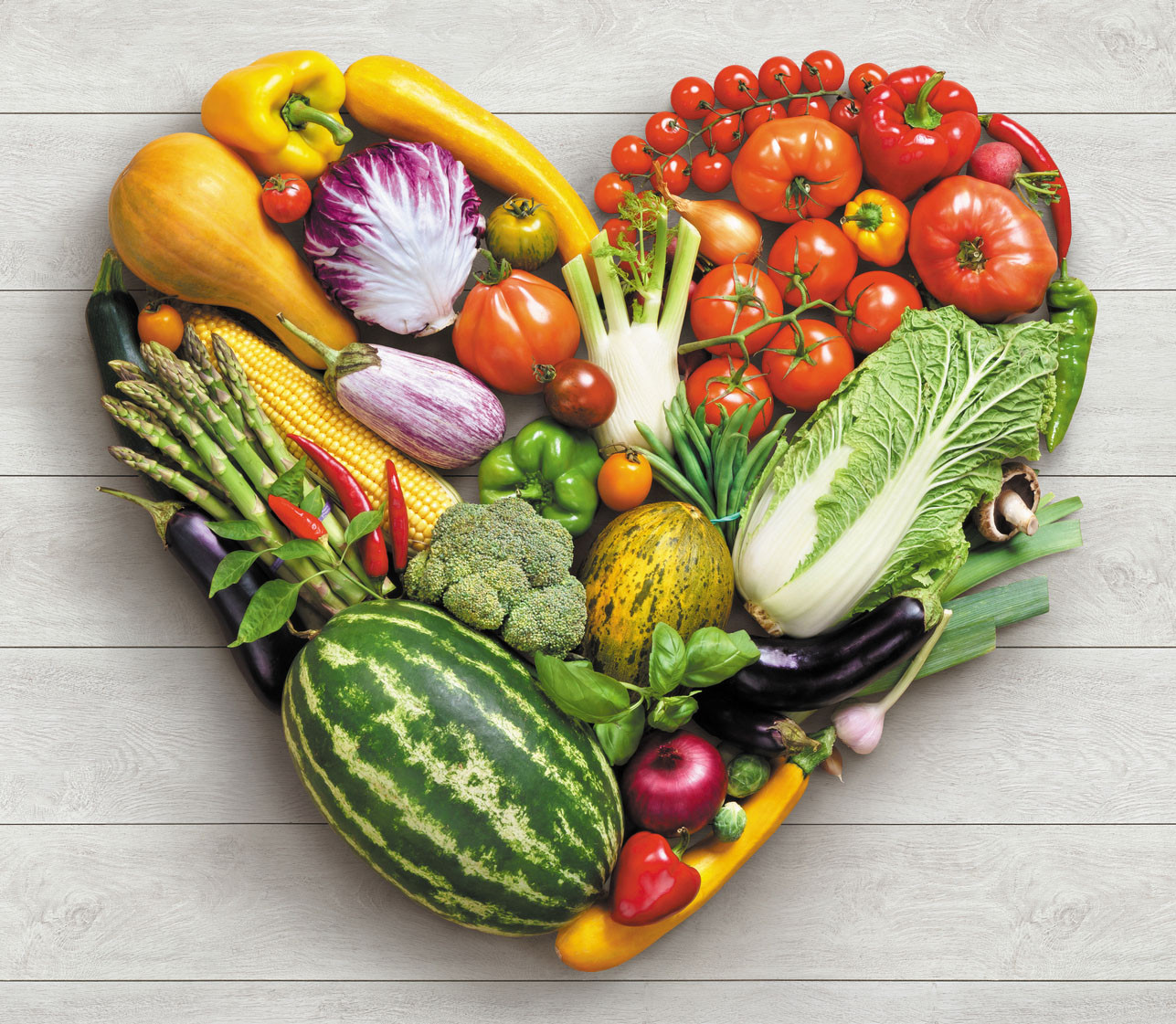The Plant-Based Diet: Benefits and Tips for Transitioning

What is a Plant-Based Diet?
Definition of a Plant-Based Diet
A plant-based diet focuses on foods derived from plants, including vegetables, fruits, whole grains, legumes, nuts, and seeds. It doesn’t necessarily mean you have to become a full vegan or vegetarian, but rather the emphasis is on consuming plant foods as the main source of nourishment. While plant-based diets may include minimal animal products, the goal is to make plants the cornerstone of your meals.
Key Features of a Plant-Based Diet
Plant-based eating encourages a reduction in processed foods, meats, and dairy, while focusing on natural, whole foods that are rich in fiber, vitamins, and antioxidants. People following a plant-based diet typically consume foods that are high in nutrients and low in saturated fats.
Health Benefits of a Plant-Based Diet
Weight Management and Heart Health
One of the most significant benefits of a plant-based diet is weight management. Plant foods are typically lower in calories and packed with fiber, which helps you feel full longer. Additionally, studies have shown that those who follow a plant-based diet are at a lower risk of heart disease. This is largely due to the high intake of heart-healthy foods like vegetables, fruits, and whole grains, which help reduce cholesterol levels and improve blood pressure.
Lower Risk of Chronic Diseases
A plant-based diet has been linked to a reduced risk of chronic diseases like type 2 diabetes, certain cancers, and hypertension. Plant-based foods are rich in antioxidants and anti-inflammatory properties that help lower oxidative stress and improve immune function. For example, consuming a wide variety of colorful vegetables can provide your body with disease-fighting compounds like flavonoids and carotenoids.
Improved Digestive Health
The high fiber content of a plant-based diet aids digestion and promotes gut health. Fiber helps prevent constipation and supports healthy bowel movements. A diet rich in plant-based foods also encourages the growth of beneficial gut bacteria, contributing to improved digestion and overall well-being.
Enhanced Skin Health
Did you know that what you eat can impact your skin? A plant-based diet may help improve skin health due to its high content of vitamins, antioxidants, and water-rich foods. These nutrients help reduce inflammation, acne, and signs of aging, giving you a natural glow.
Key Nutrients in a Plant-Based Diet
Protein from Plant Sources
While many people associate protein with animal products, there are plenty of plant-based sources of protein. Foods like lentils, beans, tofu, quinoa, and chickpeas are excellent protein options. By eating a variety of plant-based foods, you can easily meet your daily protein requirements without the need for animal products.
Iron, Calcium, and Vitamin B12
Iron, calcium, and vitamin B12 are nutrients often highlighted when discussing plant-based diets. While it’s true that these nutrients are abundant in animal products, there are plenty of plant-based sources. Iron can be found in spinach, lentils, and fortified cereals. Calcium is present in fortified plant milks, tofu, and dark leafy greens. Vitamin B12, however, is trickier as it is found primarily in animal foods, but plant-based alternatives like fortified cereals and supplements can help fill this gap.
Omega-3 Fatty Acids
Omega-3 fatty acids, essential for heart health and brain function, are found in plant-based sources like flaxseeds, chia seeds, and walnuts. While these omega-3s are not the same as the ones found in fish, they are still beneficial and can be incorporated into your plant-based diet.
How to Transition to a Plant-Based Diet
Start Gradually
If you’re used to eating a lot of meat and dairy, transitioning to a www.healthlawbenefits.org might feel overwhelming. Start small by incorporating one or two plant-based meals per week. Slowly increase the number of plant-based meals, replacing meat with legumes or plant-based protein sources like tofu or tempeh.
Find Plant-Based Substitutes
Craving dairy or meat? The good news is there are tons of plant-based alternatives available. Plant-based milks (like almond, oat, and soy milk) can replace cow’s milk, while vegan cheeses and meat substitutes like veggie burgers, lentils, and jackfruit can fill the void for familiar flavors and textures.
Plan Your Meals
Planning your meals is key when adopting a plant-based diet. A well-planned diet ensures you get the right nutrients and avoid falling into the trap of eating the same limited options. Make sure your meals are balanced, including sources of protein, fiber, and healthy fats.
Educate Yourself About Nutritional Balance
To thrive on a plant-based diet, it’s important to understand the nutrients your body needs. Learn about plant-based sources of protein, iron, calcium, and other essential vitamins and minerals. This will help you make sure your diet is well-rounded and nutritionally adequate.
Common Challenges and How to Overcome Them
Dealing with Cravings and Temptations
It’s common to experience cravings for non-plant-based foods, especially when transitioning. Instead of giving in, try finding plant-based versions of your favorite comfort foods, or experiment with new recipes to make your meals more exciting. Gradually, your cravings will decrease as you adjust.
Managing Social Situations
Eating plant-based can be challenging when dining out or attending social gatherings. To navigate this, try looking up menus in advance, bringing your own dish to share, or communicating your dietary preferences beforehand.
Ensuring Nutrient Adequacy
One of the biggest concerns people have when switching to a plant-based diet is ensuring they get enough of the right nutrients. With proper planning, however, it’s easy to get all the nutrients you need. Focus on a variety of whole plant foods and consider speaking with a nutritionist to ensure you’re meeting your needs.
Plant-Based Foods to Include in Your Diet
Whole Grains and Legumes
Whole grains like quinoa, brown rice, and oats are great sources of fiber and provide important vitamins and minerals. Legumes, such as beans, lentils, and peas, are also high in protein and fiber, making them a staple in plant-based diets.
Vegetables and Fruits
Vegetables and fruits should be the backbone of your plant-based diet. Aim to fill half your plate with colorful fruits and veggies. These foods are packed with antioxidants, vitamins, and minerals, supporting overall health and digestion.
Nuts, Seeds, and Plant-Based Dairy Alternatives
Nuts, seeds, and plant-based dairy alternatives like almond milk and coconut yogurt provide healthy fats and calcium. These are essential for maintaining energy and ensuring adequate nutrient intake.
Plant-Based Diet Myths and Facts
Addressing the Protein Myth
Many believe that plant-based diets don’t provide enough protein. However, this is far from true. There are plenty of plant-based protein sources available, including lentils, beans, tofu, and quinoa.
Myths About Nutrient Deficiencies
Another myth is that a plant-based diet leads to deficiencies in key nutrients like iron, calcium, and vitamin B12. With proper planning and supplementation where necessary, you can easily get all the nutrients your body needs from plant-based foods.
Plant-Based Diets Are Expensive – Fact or Fiction?
Many people assume that plant-based diets are more expensive. However, when you focus on staple foods like beans, lentils, and grains, a plant-based diet can actually be quite affordable.
Conclusion: Embracing a Plant-Based Lifestyle
Adopting a plant-based diet can lead to numerous health benefits, including weight management, improved digestion, and a reduced risk of chronic diseases. By taking small steps, planning your meals, and embracing the variety of plant-based options available, you can easily transition to a healthier, plant-powered lifestyle.




:max_bytes(150000):strip_icc()/iStock-545646362-58e3f5b05f9b58ef7e137d92.jpg)
